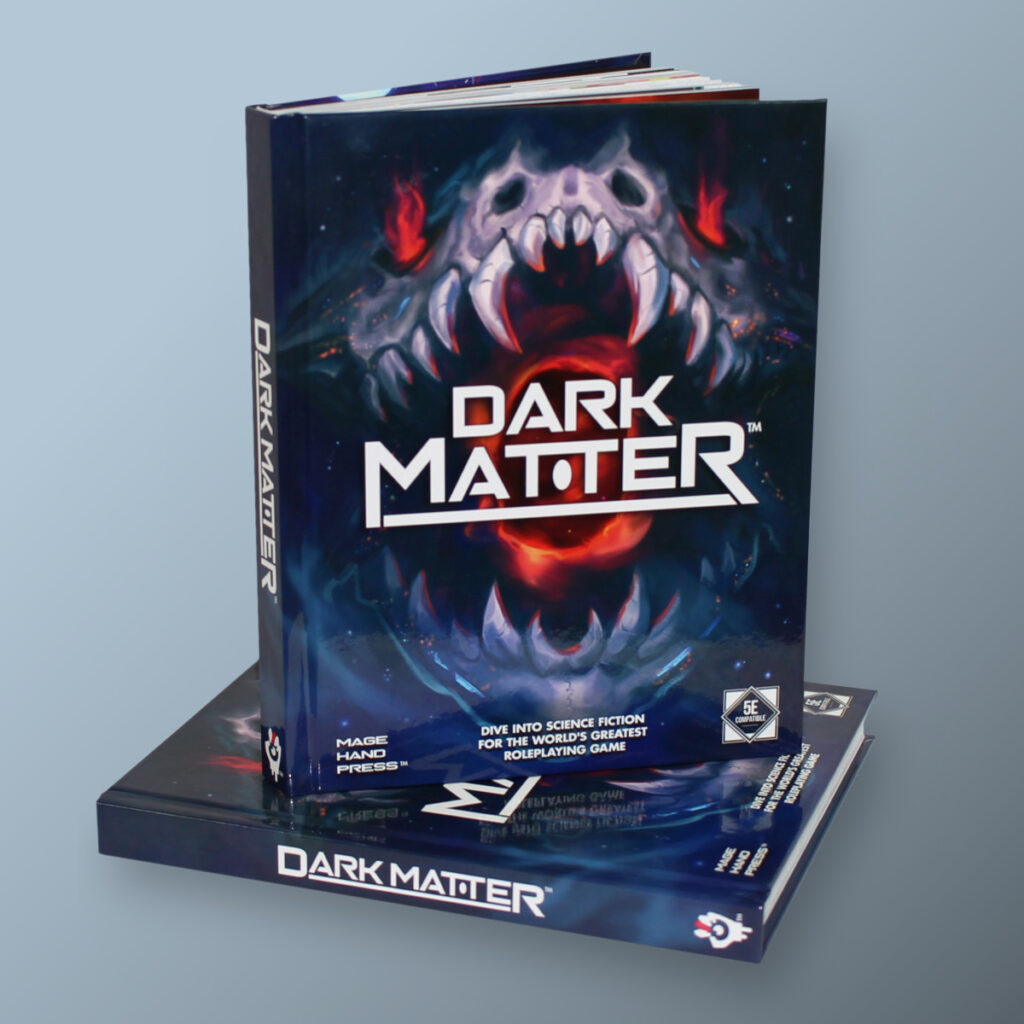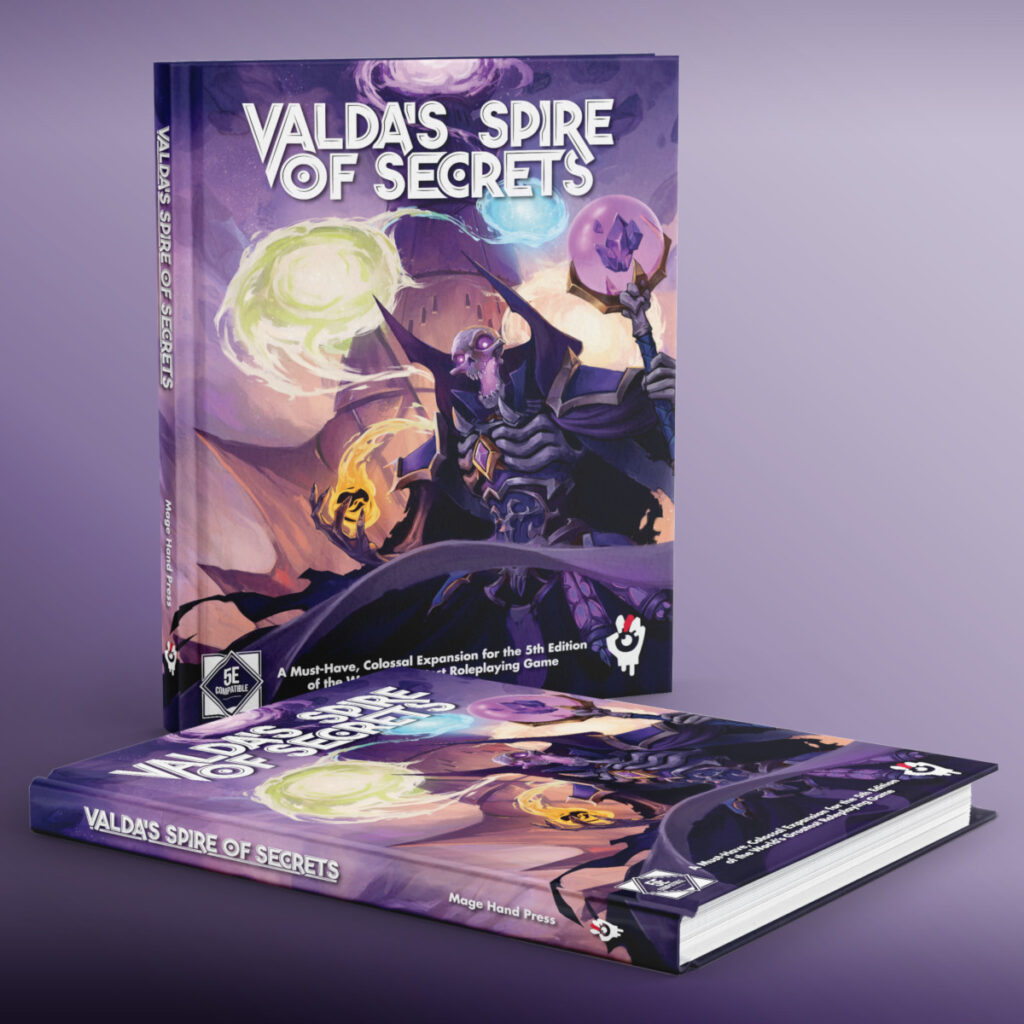Comments from the Thumb: This archetype was mostly inspired by various video games with modular crafting systems, but also by my displeasure at the absence of exotic weapons in D&D 5e. I absolutely loved the repeating crossbow, the spiked chain, and the orc double axe, and I was disappointed when they cut them.
Enter the weaponsmith. In his free time, this specialized fighter studies the creation and use of strange and unorthodox weapons. Lower level weaponsmiths can modify existing weapons and create basic ones, while higher level characters can craft increasingly complex killing machines.
This archetype is among the longest material we’ve written, and as such, will take a lot of testing to balance properly. Please let us know any balance issues you find.
The weaponsmith relies heavily on the “rule of cool”. It may not be the most optimized or powerful build out there, but nobody can say it doesn’t have flavor. From the standard exotic weapons like the spiked chain to more fantastic ones like the jackhammer-like auto-hammer and the massive greatbow, these awesome weapons are guaranteed to be the envy of your party.
If you like this class, you should check out the Craftsman!
Weaponsmith
The weaponsmith is a warrior who is adept at creating and repairing arms and armor, as well as fighting with exotic and rare weapons. Those who study the art of smithing often customize their own weapons to be more effective in combat, and many of them trade weapon designs amongst themselves. The greatest weaponsmiths use intelligence and wit to invent new, experimental weapons with which to kill more creatively and more efficiently.
Smith Journeyman
When you select this archetype at 3rd level, you gain proficiency with Smith’s tools.
Exotic Crafting
Starting at 3rd level, your experience with forging and carving blades, bows, and other arms allows you to create unique and custom weapons. Using the crafting rules provided in the Player’s Handbook, you may create a weapon for which you have the prerequisites from the Custom Weapons lists below. You are proficient with such weapons. Some weapons require the target to make a saving throw to resist their effects. The saving throw DC is calculated as follows:
Weapon save DC = 8 + your proficiency bonus + your Strength or Dexterity modifier (your choice).
Jury-Rigging
At 7th level, you have become adept at quickly creating makeshift weapons to suit your needs. If you are in a suitable environment, you can spend one hour to make a number of simple weapons equal to your proficiency bonus provided you have the wood, stone, and other natural materials required.
Sundering Strike
Starting at 10th level, you can use your knowledge of the weak points of weapons and armor to strike and render them useless. As an action on your turn, you may make a single melee attack with disadvantage against an enemy, targeting their weapon or armor and attempting to sunder it. This attack cannot be made with a wooden weapon. A weapon has 10 hit points and armor has hit points equal to its wearer’s Armor Class. Weapons reduced to 0 hit points break and become unusable, and armor reduced to 0 hit points offers no Armor Class bonus.
Master Craftsman
At 15th level, you have learned the secrets of forging adamantine and mithral weapons and armor. For an additional 500 gp to the crafting cost, you may craft a weapon or armor set from one of these materials. Adamantine weapons ignore resistance to their damage type, deal an extra 1d4 damage of the same type, and are unbreakable. Mithral weapons have the finesse property and weigh half as much as normal, and one-handed or versatile mithral weapons also have the light property. See the Dungeon Master’s Guide for rules on adamantine and mithral armor.
Ultimate Weapon
At 18th level, you have created a masterpiece: an ultimate weapon that fits your fighting style perfectly. This weapon represents the mastery of your craft and the perfect synergy between warrior and weapon. The specific appearance of your ultimate weapon is your choice, but all ultimate weapons fit one of several archetypes. You may select from the following: Ultimate Blade, Ultimate Bow, or Ultimate Cudgel. Statistics and descriptions of each of these appear under the Ultimate Weapons list below.
Custom Weapons
A non-weaponsmith character may gain proficiency with any of these weapons by taking the Weapon Master feat (not to be confused with this class). Any weapon selected from this list counts as two weapons for the purposes of said feat, due to their rare and exotic nature.
Armor Spikes
Armor spikes are small metal studs that attach to armor and as such do not require you to hold them. Armor equipped with spikes automatically deals damage each turn to grappled creatures and creatures who successfully grapple you. It also deals damage to the target of a successful shove attack.
Auto Hammer
Prerequisite: 15th level
Resembling a long, heavy mace with a rounded, over-sized head, the Auto Hammer is a brutal mechanized weapon. Thrusting the head of the weapon at a creature triggers the head to shoot forward and backward in rapid succession, perhaps striking another time. Once per turn when you roll to attack with the Auto Hammer, you can attack two additional times. However, the bulky form and disorienting recoil of this weapon makes is impossible to deal additional damage from critical hits, though you still automatically hit as normal.
Chain, spiked
The spiked chain is length of heavy metal chain with spiked heads on either end. You may use a bonus action on your turn to make an additional attack with the other end of a spiked chain.
Chainsword
Prerequisite: 15th level
The chainsword is a complex weapon, roughly the same size and shape as a longsword, which employs a clockwork mechanism to drive a belt of blades around a wide, grooved blade. When you hit a target with an attack using the chainsword, you may use your bonus action to rev the blade, potentially cutting deeper into the target. To do this, roll a d6. On a roll of 6, the hit becomes a critical hit and deals extra damage as a critical hit normally would.
Gauntlet, spiked
You may hold or otherwise manipulate a weapon, shield, or other object with the same arm as this gauntlet, though you may not attack with the gauntlet and use an object or weapon held in that hand on the same turn.
Grapple Blade
Prerequisite: 10th level
This small blade resembles a bulky shortsword with a barbed piercing blade attached to a length of thin chain and a long hilt. When you take the Attack action on your turn, you may press a button on the hilt as part of one of your attacks and shoot the spring-loaded blade at a target no more than 20 feet away. If the attack hits, the target is impaled on the blade’s barbed tip and cannot move farther than 20 feet away from you unless it uses its action to attempt to free itself by making a DC 15 Strength (Athletics) check. You may then use a bonus action to attempt to pull the target toward you by making a Strength (Athletics) check opposed by the target’s Strength (Athletics) check. If you succeed, the target is pulled into the nearest space adjacent to you and knocked prone. After being used in this way, the grapple blade is useless until you use an action to reel the blade back in.
Hidden Blade
Prerequisite: 7th level
Prized by assassins, the hidden blade is a spring-loaded dagger that straps onto the wrist. You have advantage on Dexterity (Sleight of Hand) checks made to hide this weapon. If a creature is unaware of the blade’s presence, you gain the Sneak Attack feature on attacks with this weapon as a Rogue of half your level and automatically gain advantage on your first attack roll with it against that creature.
Hooked Swords
Prerequisite: 7th level
This weapon is actually a pair of matched blades which are similar in size and weight to shortswords but with hooked ends. The hooked swords can be linked together and swung to increase damage to 1d10 and gain the reach property. When not linked, they are treated as two separate weapons, and therefore can be used with Two-Weapon Fighting. You may also use the hooked ends to gain advantage on attempts to disarm enemies, as well as on shove attacks.
Shield, sharpened
This weapon is simply a metal shield whose edges have been sharpened to a bladelike edge. It provides the normal benefits to Armor Class of an ordinary shield.
Torchspear
Prerequisite: 10th level
This long metal pipe has an affixed canister on one end filled with a highly combustible alchemical substance behind a maze of regulators and valves. When ignited, the tip of this weapon burns in a white-hot flame which casts bright light in a 30 foot radius and dim light for an additional 30 feet.
Crossbow, repeating
A repeating crossbow has a hopper attached to its top which holds multiple bolts, as well as a lever action to assist in rapid reloading. Unlike a standard crossbow, the repeating crossbow does not have the loading property. You can use a bonus action on your turn to make an additional attack using this weapon.
Flask Launcher
Prerequisite: 7th level
The flask launcher is a basic light crossbow design fitted with a slotted tube along the top, designed to shoot tiny 4 ounce vials instead of bolts. Vials of holy water, acid, oil, alchemist’s fire, poison, or any other substance may be shot from a flask launcher. A launched vial shatters on impact with a target, dealing 1d4 slashing damage in addition to the effects of the vial’s contents. A vial that misses its target continues along its trajectory until stopped by an obstacle. Depending on the firing angle, this may cause it to land and break in the target’s space or fly past, out to its maximum range.
Greatbow
Prerequisite: 10th level
The greatbow is a marvel of engineering. It is an 8 foot long compound bow which uses a system of pulleys to propel javelins with the same amount of effort as the smaller longbow. An opponent hit by such a projectile must make a Constitution saving throw, taking an additional 2d6 piercing damage on a failed save. When not in use, the greatbow folds to a less awkward length. Due to its large size, you have disadvantage on Dexterity-based checks while carrying an unfolded greatbow. If you have the Extra Attack feature, you can’t make more than two attacks with this weapon.
Rail Gun
Prerequisite: 15th level
The rail gun is a small, man-portable ballista that shoots sharpened metal rods at extremely high speeds. The rods pierce right through multiple targets and continue flying, making them extremely effective against enemies who tend to stand in lines. It owes its sheer deadliness to a light enchantment put on it, either by the creator or a hired mage. As an action on your turn, you may shoot this weapon in a 250 foot line originating from you in a direction you choose. Each creature in the line must make a Dexterity saving throw. A creature takes 4d8 piercing damage on a failed save and half as much on a successful one. You may not make attack rolls with this weapon. Projectiles for this weapon cost 5 sp each.
Ultimate Weapons
The weapons below all benefit from the properties of both Adamantine and Mithral. These bonuses are already factored into their statistics.
Ultimate Blade
Prerequisite: 18th level
This longsword or battleaxe (your choice) is composed of a mithral/adamantine alloy, making it very light yet nearly unbreakable. As a bonus action on your turn, you may retract or extend the telescoping grip. While extended, the weapon gains the reach property but must be held two-handed. You may elect to create this weapon with the special abilities of any one custom melee weapon that deals slashing damage, giving it the chainsword’s biting blade, the hooked sword’s disarming ability (but not the second blade or linking ability), or the sharpened shield’s AC bonus (the blade is very wide and shield-like in this case).
Ultimate Cudgel
Prerequisite: 18th level
This mace, flail, or warhammer (your choice) is composed of a mithral/adamantine alloy with an ironwood handle, making it very light yet nearly unbreakable. The head of the weapon contains a clockwork kinetic accelerator, allowing you to strike with great force, even with a weak swing. On a critical hit with this weapon, you may reroll your damage dice three additional times, instead of only one.
Ultimate Bow
Prerequisite: 18th level
This bow is constructed of mithral-reinforced ironwood, making it sturdy yet flexible. The braided mithral string is connected to a series of pulleys, making it even more powerful, and an attached targeting spyglass allows pinpoint accuracy out to a further range. On your turn, you may use a bonus action to steady your shot, granting advantage on your next attack using this weapon on that turn.
Changelog (7/8/2015): Changed Rail Gun’s range, reduced damage dice on several weapons.




